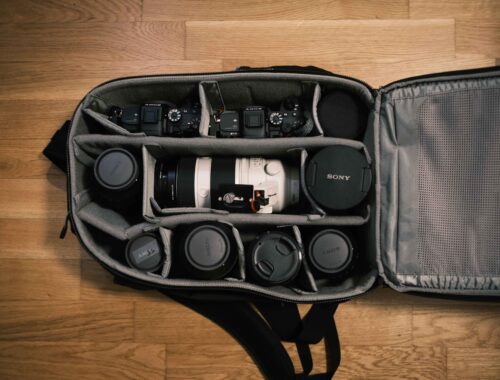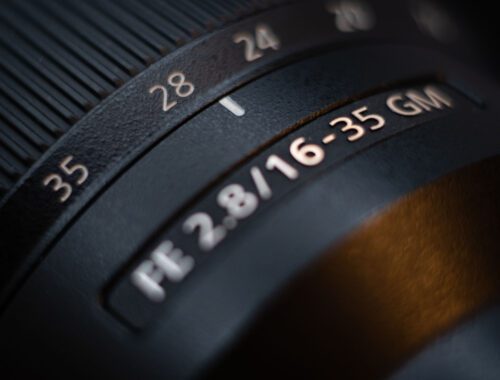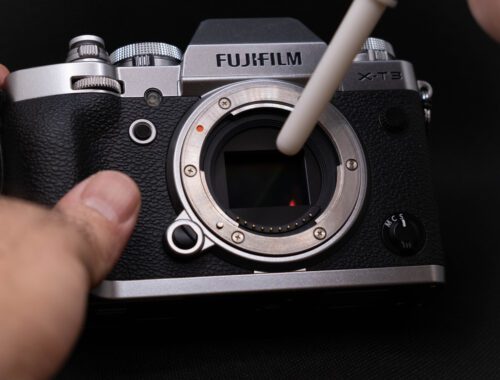
Reassessing Camera Upgrades: Is The Latest Model Really Necessary?
When you immerse yourself in the world of photography, it’s not unusual to get lured by the newest camera models that hit the market. With tech companies launching updated versions and new models frequently, it’s easy to wonder if it’s worth sticking to your older camera. Or, if you’re planning on making your first camera purchase, should you invest in the latest model or an older, cheaper version? This article aims to clarify these dilemmas.
In this article, we will:
- Explore the evolution of camera technology
- Understand the marketing strategies behind new model releases
- Look at the factors that genuinely warrant an upgrade
- Reflect on the actual impact of camera models on the quality of photographs
The Chronicles of Camera Evolution
Photography as we know it today has journeyed through a myriad of transformations. The rudimentary concept of a “Camera Obscura”, traced back to ancient civilizations, laid the foundation for the camera’s fundamental structure. However, it was not until the discovery of ways to capture and retain the projected images that photography was born.
The size of the camera equipment reduced significantly in 1925 when Leica introduced a camera with small negatives but large prints, known as the full format today. Around a decade later, color film came into play, enhancing the world of photography.
The invention of digital sensors by Sony in 1981 was another significant leap, which eventually led to the birth of the first digital camera, the Fujix DS-1P by Fujifilm in 1988. Over time, manufacturers innovated further by making the camera body smaller, removing the mirror mechanism, and improving the live view experience.
The Commercial Race for New Releases
As the field of photography advanced, major camera brands segmented their product lines, each segment boasting a flagship product. This approach was crucial to maintaining the market’s interest and the manufacturer’s survival. With the market reaching saturation and competition becoming fierce, manufacturers resorted to releasing new products every year or so.
These new products were often old models with minor tweaks, marketed as revolutionary. While some upgrades genuinely improved the camera’s capabilities, many were incremental changes that barely affected your photography practice or the final result.
The Truth About “Revolutionary” Features
New camera models often come with a list of impressive features to justify their existence. The increase in the megapixel count of the sensor, in-body image stabilization (IBIS), improved dynamic range of the sensor, better burst rate, advanced autofocus algorithms, and noise reduction are common examples. Some manufacturers, when lacking substantial improvements, resort to creating their own patented terms to market their products.
However, it is crucial to remember that many of these “revolutionary” features often have minimal impact on your ability to express your creativity through your photographs.
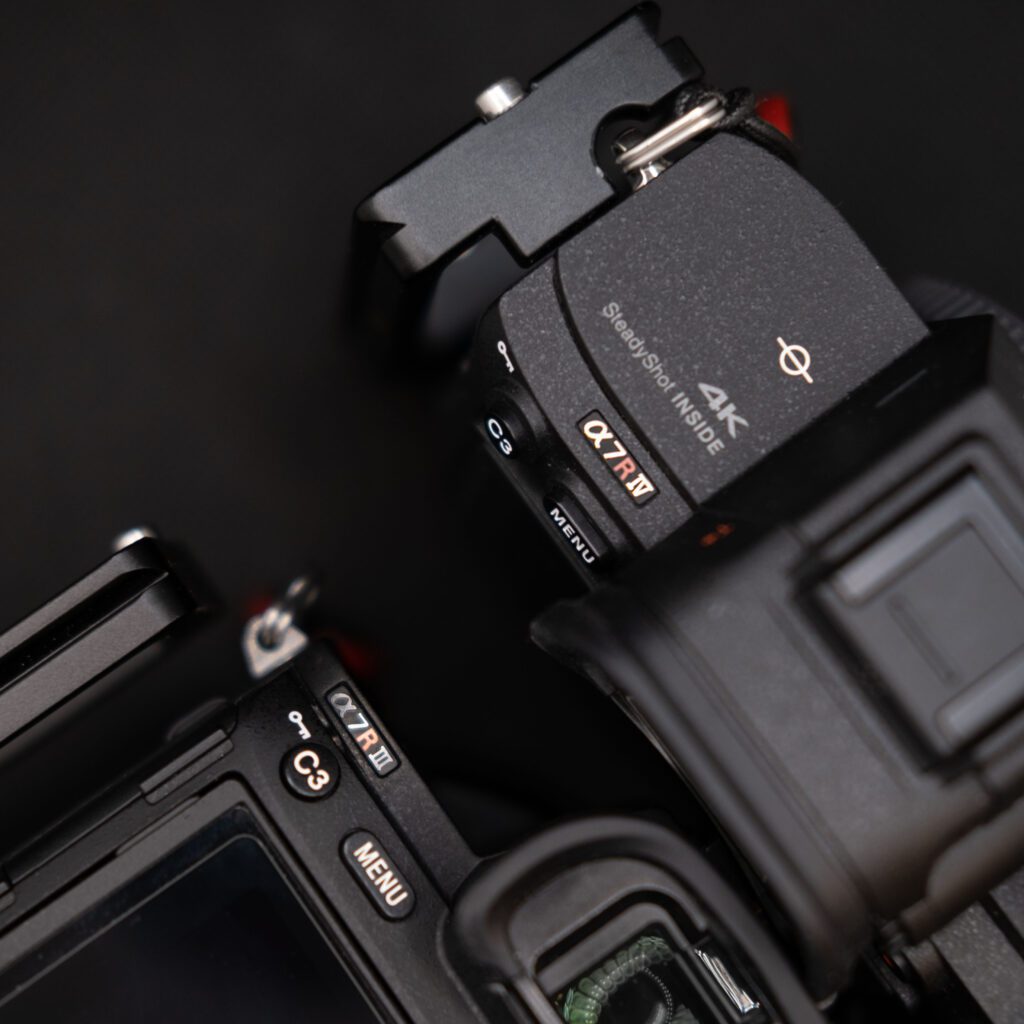
Upgrades and the Power of Photography
The feeling of progression associated with upgrading your equipment can be enticing. Moving from a fixed lens camera to an interchangeable one, or from an entry-level body to a pro-level one, can give you a sense of advancement. But is it really about the equipment?
Try a simple exercise: Pick up photographs that you find compelling and check the equipment used. You’ll likely find great images shot using various camera brands and models. The power of a photograph is seldom a result of the equipment used but rather the skills and vision of the photographer.
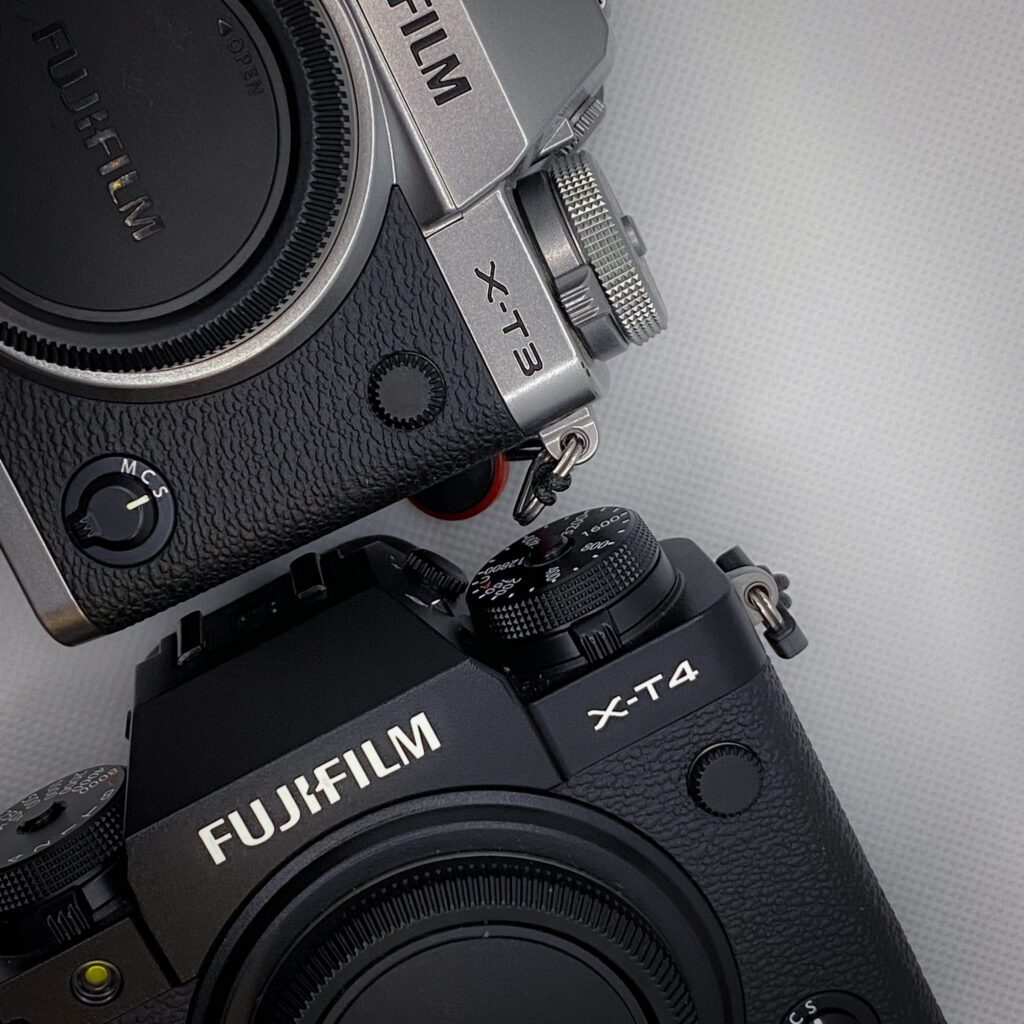
The Authentic Reasons to Upgrade
While the upgrades in new models are usually minor, there could be times when an upgrade is genuinely beneficial for you. However, such a need should be something you’re aware of before the new model hits the market. For example, if you’re struggling with the weight of your gear during hikes or have lost images due to a faulty memory card, an upgrade might be a good idea.
On the other hand, if your camera serves all your needs, there might be no reason to upgrade for years. Many renowned photographers still use their old, trusty cameras and produce awe-inspiring works.
Conclusion
In the end, it’s important to remember that the heart of photography lies in the ability to capture a compelling story or moment, and not necessarily in the model of your camera. The gear is merely a tool that aids in the process. So, before getting swayed by the latest camera model in the market, reassess your actual needs and the impact of the “revolutionary” features on your style of photography.


